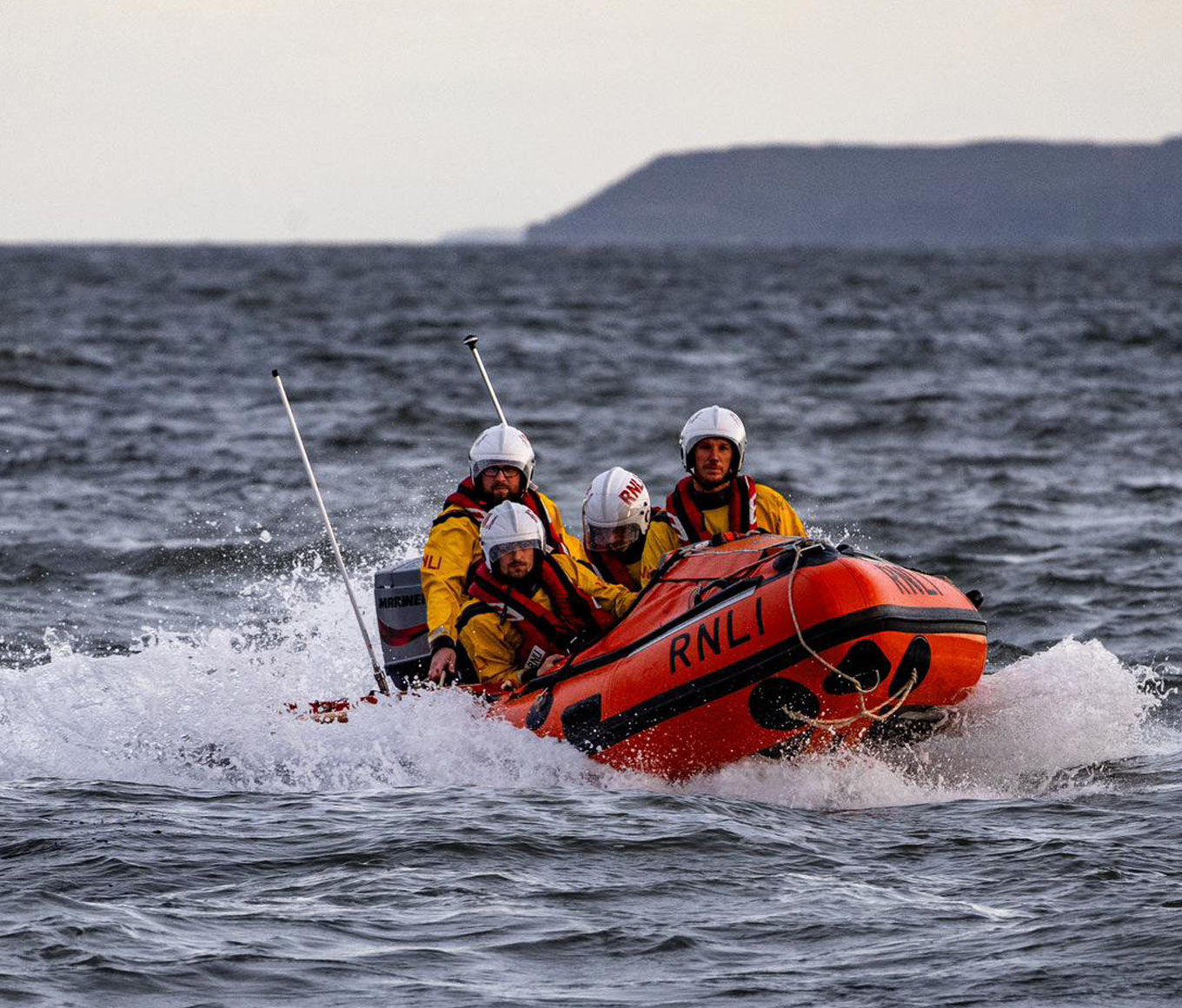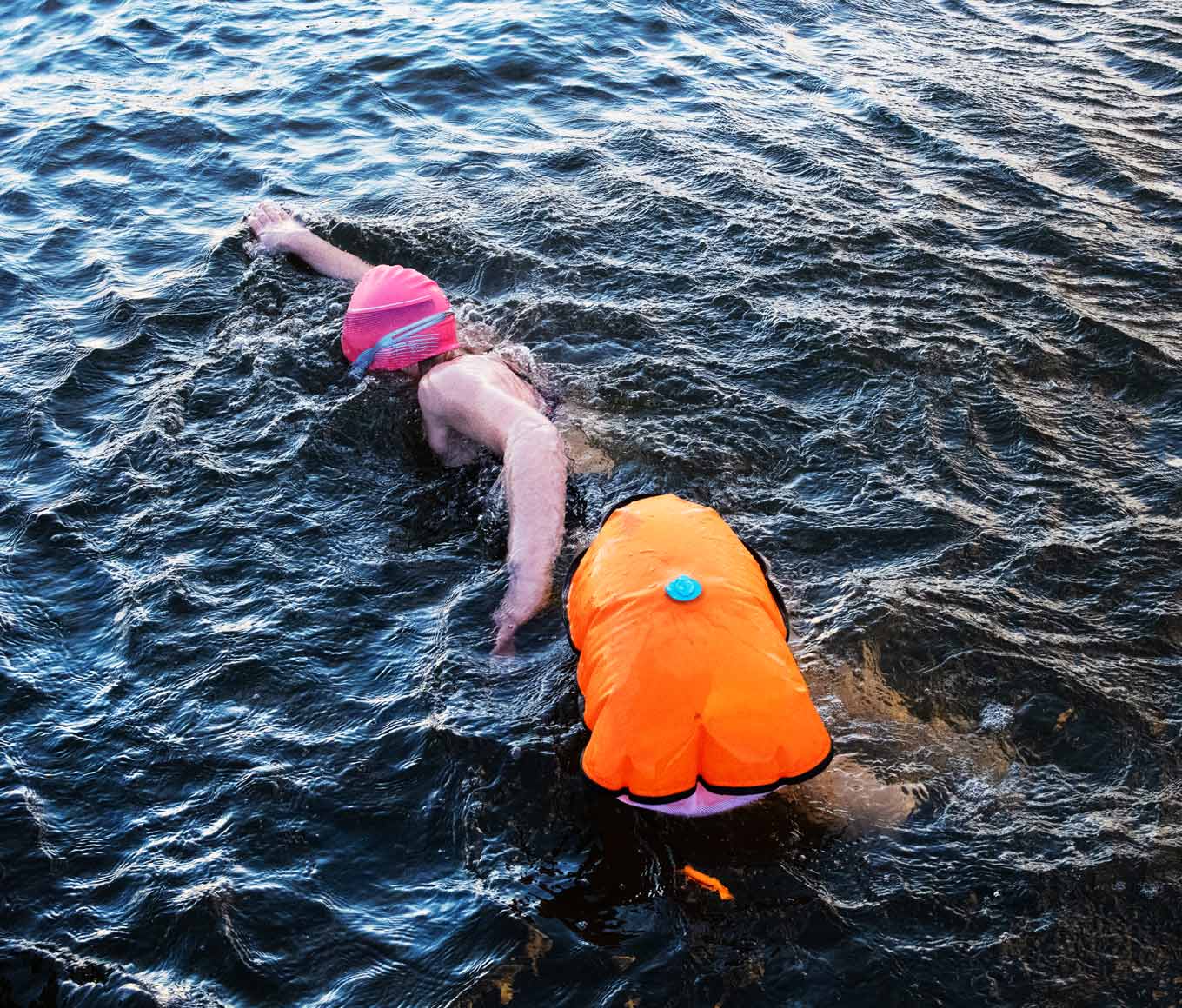
Saving Lives at Sea: Series 8 Episode 4
Discover more about the stories and stations featured in series 8 episode 4 of Saving Lives at Sea, with rescues from Conwy, Flint, Ilfracombe and Walmer.
When the call to rescue comes in, RNLI lifesavers never know what to expect. This can result in some pretty unusual rescues – like the yacht stuck to a bridge or the sinking 100-year-old barge you saw in this episode. Watch this video and see even more unusual rescues – including ones to a Christmas tree, Spider-Man and Winnie the Pooh!
Conwy: Caught out by the tide
The episode began with the Conwy crew launching to a man and a 10-year-old child who had been cut off by the tide. With the water racing in, every second counted.
The volunteer crew powered to the rescue as fast as they could. They arrived to find the pair up to their necks in water – the man was fighting to keep the child afloat. One of the crew members got into the water and helped both of them into the lifeboat. It soon became clear that the man was suffering from shock and cold, and he had swallowed a lot of water.
Once they arrived back at the lifeboat station, the pair were taken to hospital – and discharged with an all-clear later that day.
Flint: Stuck on a bridge
Next, we saw Flint RNLI launch on a chilly November night to a yacht that was stuck on a railway bridge – with someone still onboard.
When the crew arrived, they saw the mast was wedged against the bridge and the hull was listing to one side. The yacht was in danger of being capsized by the fast-flowing tide. And if the sailor ended up in the water, he could quickly be overcome by cold water shock.
The crew quickly brought the sailor onboard the lifeboat and took him back to shore. Then they went back to rescue the boat, which was still in a precarious position. Releasing the yacht from the bridge, in the dark, was a tricky job – but the skilled volunteers managed it. They set up a tow and reunited the boat with its grateful owner.
Ilfracombe: Mayday, mayday
The volunteers at Ilfracombe launch to find a kayaker who had sent out a mayday distress call. A Coastguard helicopter joined the search and, after a few minutes, they spotted two kayakers on the beach.
One of them was the man who’d sent the distress call – he’d capsized and been in the water for almost an hour before being brought ashore by a fellow kayaker. He hadn’t been wearing a wetsuit and was very cold and in shock, so the crew brought him aboard their D class lifeboat and took him to Coastguard paramedics on a neighbouring beach. Thankfully, he was well enough to go home.
Walmer: Sinking ship
And finally, in Walmer, RNLI volunteers launched in the early hours of the morning to a 100-year-old wooden barge, with two crew onboard, which had started to sink – in one of the busiest shipping lanes in Europe.
Crew members from both Walmer and Dover RNLI went aboard the barge with salvage pumps, as the engine was completely submerged in water. It took over an hour – with the volunteers braving the rolling swells of the English Channel – to bring the water to a level where it would be safe to run the engines. The crew then escorted the barge to nearby Ramsgate.
You may also enjoy the following










